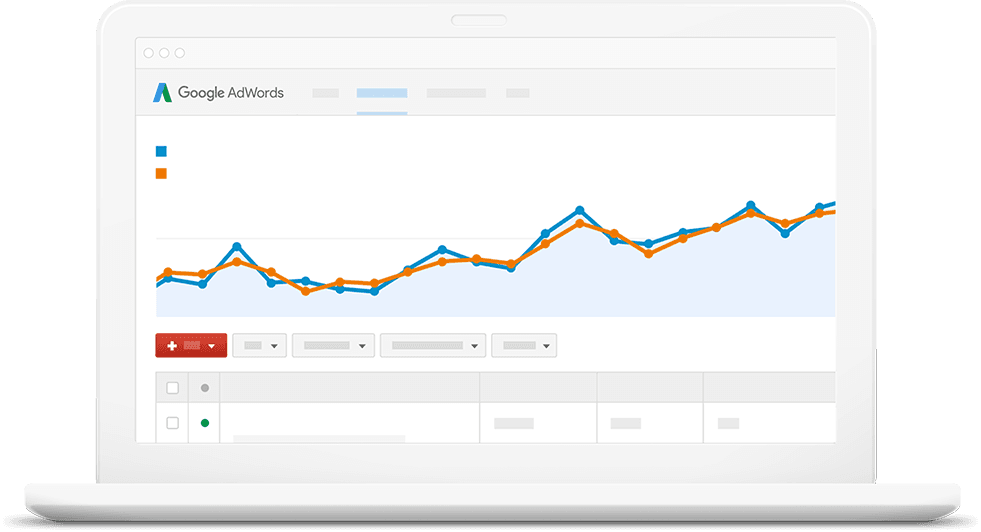Social Media
January 31, 2014Direct Mail
January 31, 2014 Mobile marketing is becoming one of the most important channels in the marketer’s arsenal, not only because of the opportunities that exist today but also because of its expected potential over the next few years with the widespread adoption of smartphones.
Mobile marketing is becoming one of the most important channels in the marketer’s arsenal, not only because of the opportunities that exist today but also because of its expected potential over the next few years with the widespread adoption of smartphones.
The mobile marketplace
Let’s begin with the way consumers are interacting with mobile devices today and how their behavior is likely to evolve over time. We’ll look at what some companies are doing to tap into these emerging opportunities and examine best practices and successful strategies for creating engaging mobile experiences.
Smart marketing
The following is a list of ways marketers can take advantage of the mobile “channel” to build stronger relationships with their customers and consumers:
- Mobile content optimization (MCM)
- Targeted push notifications
- Local search and shopping ads
- Location-based services (LBS)
- Mining social media data
- Video advertising on mobile
- Mobile applications and games
Web marketing: The mobile marketing funnel
All of these techniques can be used to build a customized, integrated approach that takes into account the unique attributes of the format and how people use their smartphones.
The mobile channel is not just an extension or outgrowth of the web channel—it’s something completely different. The web has been around for decades and there are established best practices for many areas such as banner ads. But much about what works in mobile marketing isn’t even possible on the Internet today, because there are fundamental differences between traditional online marketing and mobile. When it comes to designing a campaign for your audience, you should seek to deliver a seamless experience on multiple devices, platforms, and contexts.
A mobile marketing campaign should be integrated with your website, emails, and social media strategy to provide the best experience for users wherever they are.
People interact with their mobile devices in different ways than they do on desktops or laptops (or even tablets). For many people, it’s not “mobile” versus desktop; it’s multiple devices that each have their capabilities. A growing number of consumers use smartphones at night instead of a big computer screen to surf the web, watch a video, or play games. So when you design an online ad campaign, you need to optimize the content so it works well across all devices—that means integrating targeted ads into email campaigns and carefully considering how much text your ads should include.
Senior marketers are spending an increasing amount of time looking at mobile trends and experimenting with new ideas. Most major brands now have a mobile page or app, and many spend an increasing share of their budgets on mobile:
Almost 25% of companies invest in mobile optimization as a top SEO tactic. (HubSpot, 2020)
Marketers need to look beyond just thinking about recruiting new customers and conversions—though those are still important aspects of mobile marketing—and think about how they can use mobile to engage with current customers in different ways. The following strategies show how businesses such as mobile carriers and retailers are using mobile content to improve customer service and communicate more effectively with their audience:
Mobile carriers are using smartphones to manage their brands and improve customer service: They’re leveraging the fact that many customers access their accounts and pay bills on phones and understanding that they can use tools such as instant coupons and app-based surveys to communicate quickly with consumers when there is a problem.
Retailers are also using mobile devices to improve the shopping experience: Some give discounts for in-store purchases or offer coupons when customers check-in via Foursquare or Facebook Places. Other retailers, like Sears and Walmart, let customers use their smartphones to make purchases instead of waiting in line.
Mobile marketing is a complex and ever-changing field. To be successful, you need to know not just what works now but also how the industry will evolve. The best marketers are always thinking about how they can use mobile content to engage with their audience in new ways. If this sounds like something your business could benefit from, let us know! We’re experts at helping clients achieve success through integrated digital strategies that include an optimized website experience, email campaigns, and social media strategy as well as targeted advertisements across all devices including smartphones. Let’s get started today by talking about your goals for using mobile marketing and we’ll help come up with a plan that gets results fast!

